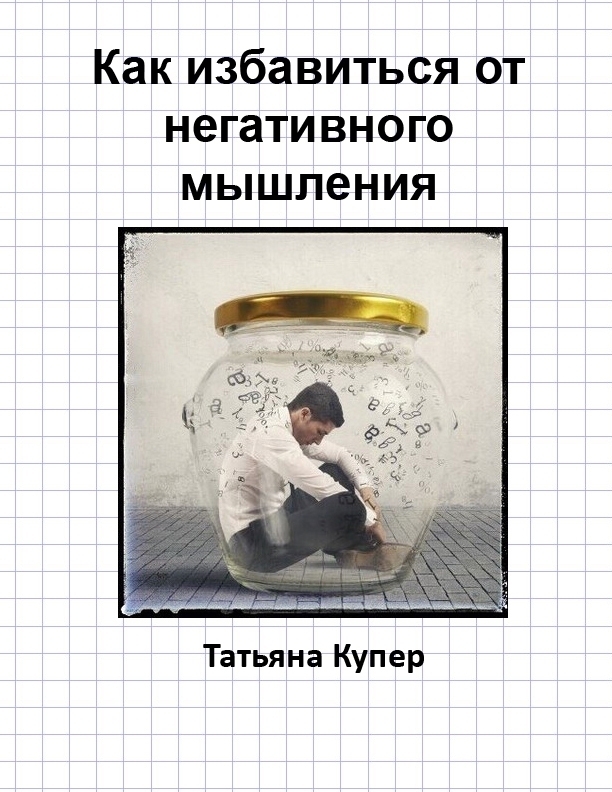Глава 6. Здоровые привычки: физические упражнения и сон
Adlard, P. A., Perreau, V. M., & Cotman, C. W. (2005). The exercise-induced expression of BDNF within the hippocampus varies across life-span. Neurology of Aging, 26, 511–520.
American Sleep Disorders Association. (1997). International classification of sleep disorders: Diagnostic and coding manual. Rochester, MN: Author.
Andreasen, N. C. (2001). Brave new brain: Conquering mental illness in the era of the genome. New York: Oxford University Press.
Arden, J. (2009). Heal your anxiety workbook. Boston: Fair Winds Press.
Bagely, S. (2007). Train your brain, change your brain. New York: Ballantine Books.
Beckner, V., & Arden, J. (2008). Conquering PTSD. Boston: Fair Winds Press.
Carro, E., Trejo, J. L., Busiguina, S., & Torres-Aleman, I. (2001). Circulating insulin-like growth factor 1 mediates the protective effects of physical exercise against brain insults of different etiology and anatomy. Journal of Neuroscience, 21, 5678–5684.
Cirelli, C. (2005). A molecular window on sleep: Changes in gene expression between sleep and wakefulness. Neuroscientist, 11, 63–74.
Cotman, C. W., & Berchtold, N. C. (2002). Exercise: A behavioral intervention to enhance brain health and plasticity. Trends in Neuroscience, 25, 295–301.
Fabel, K., Fabel, K., Tam, B., Kaufer, D., Baiker, A., Simmons, N., et al. (2003). VEGF is necessary for exercise-induced adult hippocampus neurogenesis. European Journal of Neurogenesis, 18, 2803–2812.
Farmer, J., Zhao, X., Praag, H. van, Wodtke, K., Gage, F. H., & Christie, B. R. (2004). Effects of voluntary exercise on synaptic plasticity and gene expression in the two dentate gyrus of adult male Sprague-Dawley rats in vivo. Neuroscience, 124, 71–79.
Ford, E. S. (2002). Does exercise reduce inflammation? Physical activity and C-reactive protein among U.S. adults. Epidemiology, 13, 561–568.
Frank, M. G., Issa, N. P., & Stryker, M. P. (2001). Sleep enhances plasticity in the developing visual cortex. Neuron, 30, 275–287.
Geffken, D. F., Cushman, M., Burke, G. L., Polak, J. F., Sakkinen, P. A., & Tracy, R. P. (2001). Association between physical activity and markers of inflammation in a healthy elderly population. American Journal of Epidemiology, 153, 242–260.
Guzman-Marin, R., Suntsova, N., Methippara, M., Greiffenstein, R., Szymusiak, R., & McGinty, D. (2005). Sleep deprivation suppresses neurogenesis in adult hippocampus of rats. European Journal of Neuroscience, 22 (8), 2111–2116.
Hauri, P. J., & Fischer, J. (1986). Persistent psychophysiologic (learned) insomnia. Sleep, 9, 38–53.
Jeannerod, M., & Decety, J. (1995). Mental motor imagery: A window into the representation stages of action. Current Opinion in Neurobiology, 5, 727–732.
Kubitz, K. K., Landers, D. M., Petruzzello, S. J., & Han, M. W. (1996). The effects of acute and chronic exercise on sleep. Sports Medicine, 21 (4), 277–291.
Macquet, P. (2001). The role of sleep in learning and memory. Science, 294, 1048–1052.
Manger, T. A., & Motta, R. W. (2005, Winter). The impact of an exercise program on post traumatic stress disorder, anxiety and depression. International Journal of Emergency Mental Health, 7, 49–57.
Neeper, S. A., Gomez-Pinilla, F., Choi, J., & Cotman, C. W. (1996). Physical activity increases mRNA from brain-derived neuro-trophic factor and nerve growth factor in the rat brain. Brain Research, 726, 49–56.
O’Connor, P. J., & Youngstedt, M. A. (1995). Influence of exercise on human sleep. Exercise and Sport Science Reviews, 23, 105–134.
Pascual-Leone, A., Dang, N., Cohen, L. G., Brasil-Neto, J. P., Cammarota, A., & Hallet, M. (1995). Modulation of muscle responses evoked by transcranial magnetic stimulation during the acquisition of new fine motor skills. Journal of Neurophysiology, 74 (3), 1037–1045.
Ratey, J. (2008). Spark: The revolutionary new science of exercise and the brain. New York: Little, Brown.
Spiegel, K., Tasali, E., Penev, P., & Van Cauter, E. (2004, December 7). Sleep curtailment in healthy young men is associated with decreased leptin levels, elevated ghrelin levels and increased hun– ger and appetite. Annals of Internal Medicine, 141, 846–850.
Strohle, A., Feller, C., Onken, M., Godemann, F., Heinz, A., & Dimeo, F. (2005, December). The acute anti-panic activity of aerobic exercise. American Journal of Psychiatry, 162, 2376–2378.
Swain, R. A., Harris, A. B., Wiener, E. C., Dutka, M. V., Morris, H. D., Theien, B. E., et al. (2003). Prolonged exercise induces angiogenesis and increases cerebral blood volume in primary cortex of the rat. Neuroscience, 117, 1037–1046.
Van Praag, H., Shubert, T., Zhao, C., & Gage, F. H. (2005). Exercise enhances learning and hipppocampal neurogenesis in aged mice. Journal of Neuroscience, 25 (38), 8680–8685.






